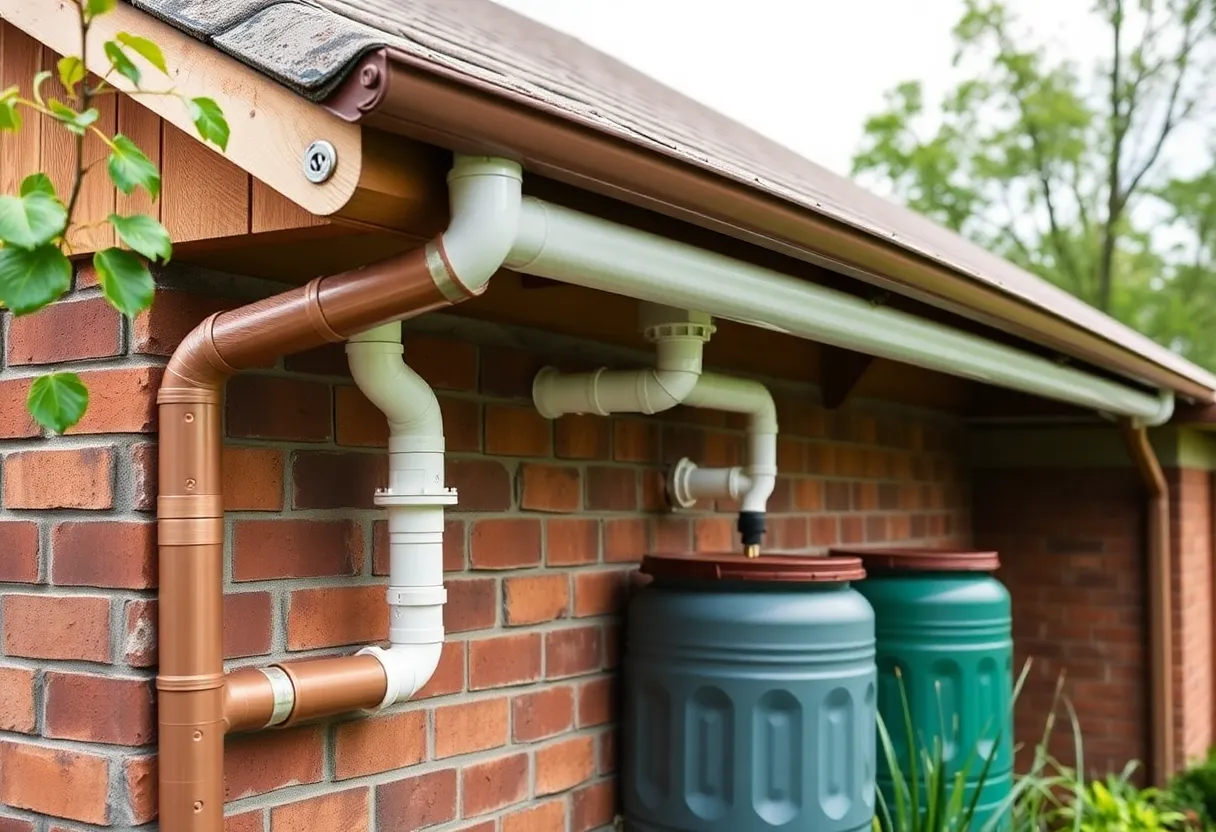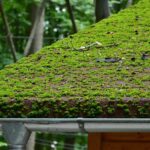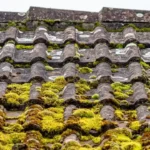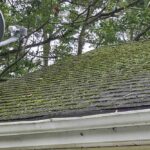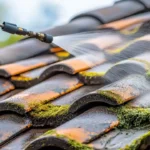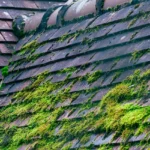Preserving historic buildings is a task that requires attention to detail, respect for the original architecture, and modern solutions to age-old problems. One critical aspect of maintaining these structures is the effective management of roof drainage systems. These systems are vital in protecting the integrity of the building, ensuring that water damage does not compromise its structural or aesthetic value.

Understanding the Importance of Roof Drainage
In any building, particularly historic ones, the roof acts as the first line of defense against the elements. An efficient roof drainage system ensures that rainwater is effectively diverted away from the building, minimizing the risk of water damage. For historic buildings, which may have unique architectural features and materials, the stakes are even higher.
The Challenges Faced by Historic Buildings
Historic buildings often come with their own set of challenges. The materials used might be outdated, and the architectural designs may not have accounted for modern weather patterns. Additionally, these buildings may not have been originally equipped with modern drainage solutions, making them vulnerable to water damage.
Components of a Roof Drainage System
A typical roof drainage system comprises gutters, downspouts, drains, and sometimes parapet walls. Each component plays a crucial role in directing water away from the building.
Gutters and Downspouts
Gutters are channels that collect rainwater from the roof and direct it to the downspouts. These downspouts then carry the water away from the buildings foundation. In historic buildings, maintaining the aesthetic while ensuring functionality can be a delicate balance.
Roof Drains
Flat roofs, common in many older structures, often use roof drains. These are installed at various points on the roof to collect water and direct it through pipes to the ground level. Ensuring these drains are clear and functional is crucial to preventing water accumulation and potential damage.
Maintaining Roof Drainage Systems
Regular maintenance is key to ensuring that a roof drainage system functions as intended. This involves routine checks and cleaning to prevent blockages that could lead to water overflow and damage.
Routine Inspections
Conducting regular inspections of the roof drainage system can help identify potential issues before they become significant problems. Look for signs of wear and tear, blockages, or leaks in the system. For more detailed guidance, refer to our maintenance checklist.
Clearing Blockages
Leaves, debris, and other materials can easily clog gutters and drains. Regular cleaning is essential to prevent these blockages, which can lead to water overflow and eventual damage. For further insights, visit our page on mold prevention.
Modern Solutions for Historic Challenges
Incorporating modern technology and materials can significantly enhance the effectiveness of a roof drainage system in historic buildings. This may involve the use of advanced materials that are both durable and aesthetically pleasing.
Innovative Materials
Modern materials such as PVC or copper can be used in gutters and downspouts to provide durability while maintaining the historic look of the building. These materials resist corrosion and can last longer than traditional materials.
Integration with Modern Systems
Integrating traditional drainage systems with modern technology, such as automatic sensors and heating elements, can prevent ice dams and other weather-related issues. For more information, see system components.
Case Studies of Successful Implementations
Examining case studies of successful roof drainage systems in historic buildings can provide valuable insights into best practices and potential pitfalls. These examples demonstrate how other preservationists have managed to maintain the integrity and functionality of historic structures.
Historic Library Restoration
A recent project involved the restoration of a historic library. By integrating modern drainage solutions with the building’s original design, the project team was able to preserve the structure’s aesthetic while enhancing its functionality.
Church Roof Renovation
Another example is the renovation of a historic church roof. The use of copper gutters and advanced drainage systems not only preserved the building’s historic look but also improved its ability to handle modern weather conditions.
Conclusion
Preserving historic buildings requires a careful balance of respecting the past while integrating the present. Roof drainage systems play a critical role in this process, providing the necessary protection against water damage and ensuring the longevity of these cherished structures. By understanding the components, maintenance needs, and potential modern solutions, homeowners and preservationists can effectively safeguard their historic buildings for generations to come.

FAQ Section
What are the key components of a roof drainage system?
The key components include gutters, downspouts, roof drains, and sometimes parapet walls. Each plays a vital role in directing water away from the building.
How often should roof drainage systems be inspected?
It is advisable to inspect roof drainage systems at least twice a year, ideally in the spring and fall, to ensure there are no blockages or damages.
Can modern materials be used in historic buildings?
Yes, modern materials like PVC and copper can be used to enhance the durability of historic roof drainage systems while maintaining their aesthetic appeal.
For more information on choosing the right roof drainage system, refer to this guide.
This article contains affiliate links. We may earn a commission at no extra cost to you.



